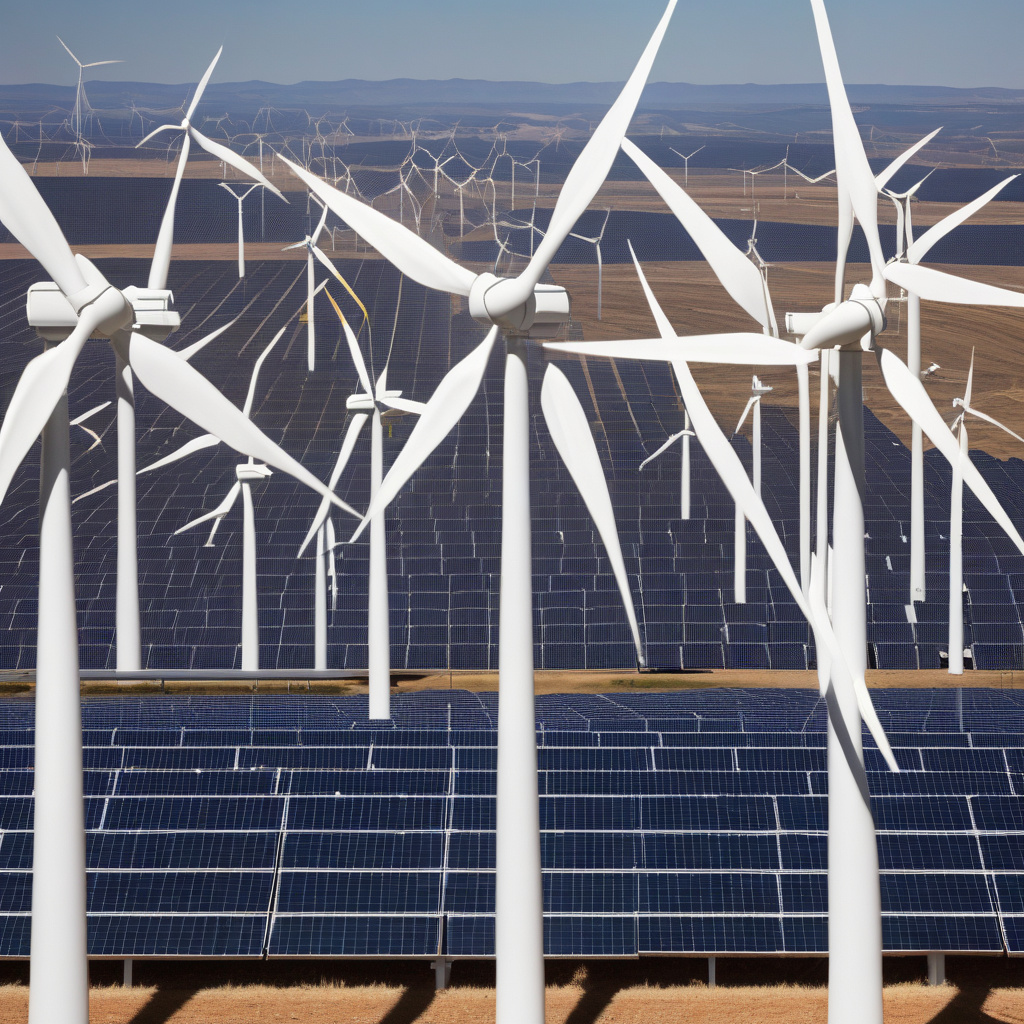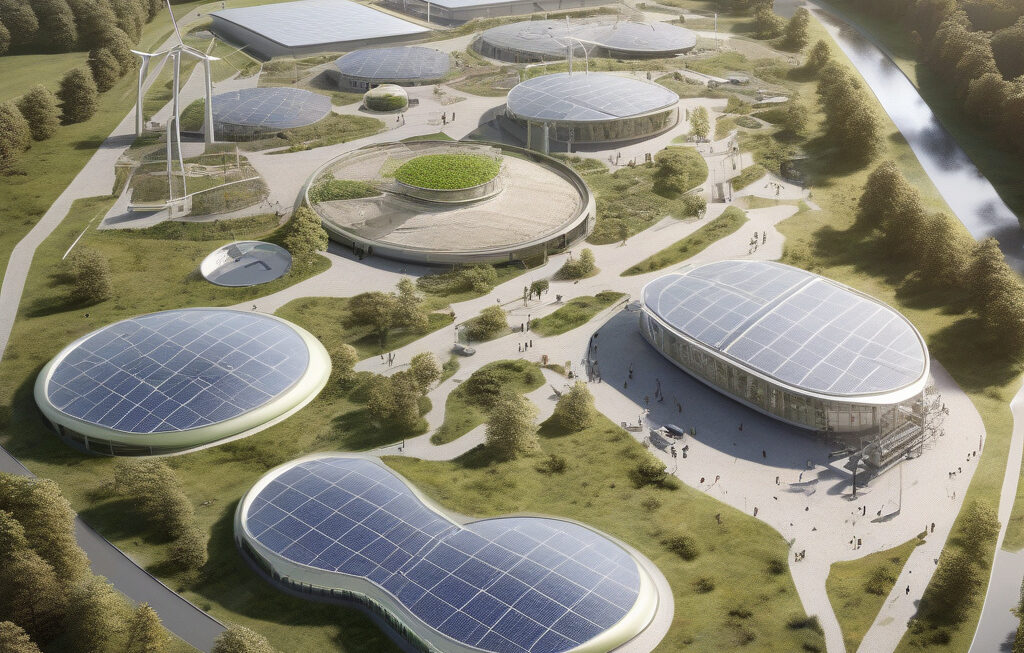Clean Energy Projects in the US Stall Amid Tax Credit Uncertainty
The second quarter of this year has brought about a concerning trend in the realm of clean energy projects in the United States. With a noticeable drop in investment in this sector, the landscape is being significantly impacted by legal and funding chaos, particularly due to uncertainty surrounding tax credits for clean energy initiatives.
The uncertainty surrounding tax credits has been a significant factor contributing to the stall in clean energy projects across the US. Investors and project developers heavily rely on these credits to make such initiatives financially viable. However, the lack of clarity and consistency in government policies regarding these tax incentives has left many projects in limbo. Without the assurance of tax credits, investors are understandably hesitant to commit to funding projects that may not yield the expected returns.
Furthermore, the legal and funding chaos that has engulfed the clean energy sector has only exacerbated the situation. Ongoing legal battles, regulatory challenges, and a general sense of instability have created a hostile environment for clean energy projects to thrive. The lack of clear guidelines and the ever-changing regulatory framework have made it increasingly difficult for developers to navigate the landscape and move forward with their initiatives.
This stall in clean energy projects is not just a setback for the industry but also for the broader goals of sustainability and environmental protection. The US has made significant strides in recent years towards reducing its carbon footprint and transitioning to a cleaner, more sustainable energy system. However, without the necessary support and incentives in place, these efforts risk being derailed.
It is imperative for policymakers at both the federal and state levels to address these challenges and provide the clarity and stability needed to support the growth of clean energy projects. Clear and consistent policies regarding tax credits, funding mechanisms, and regulatory processes are essential to instill confidence in investors and developers alike.
Despite the current obstacles facing the clean energy sector in the US, there are still reasons to be optimistic about its future. The demand for clean energy solutions continues to grow, driven by both environmental concerns and economic considerations. As technology advances and costs continue to decline, clean energy projects are becoming increasingly competitive with traditional fossil fuel-based energy sources.
Moreover, many states and local governments are taking the initiative to support clean energy development within their jurisdictions. By implementing their incentives, regulations, and support programs, these entities are playing a crucial role in driving the clean energy transition forward.
In conclusion, while the second quarter has seen a drop in US clean energy investment amid legal and funding chaos, there is still hope for the sector’s revival. By addressing the challenges surrounding tax credit uncertainty and providing a stable and supportive environment for clean energy projects to thrive, the US can continue its journey towards a more sustainable and environmentally friendly future.
clean energy, US, tax credits, sustainability, environmental protection











